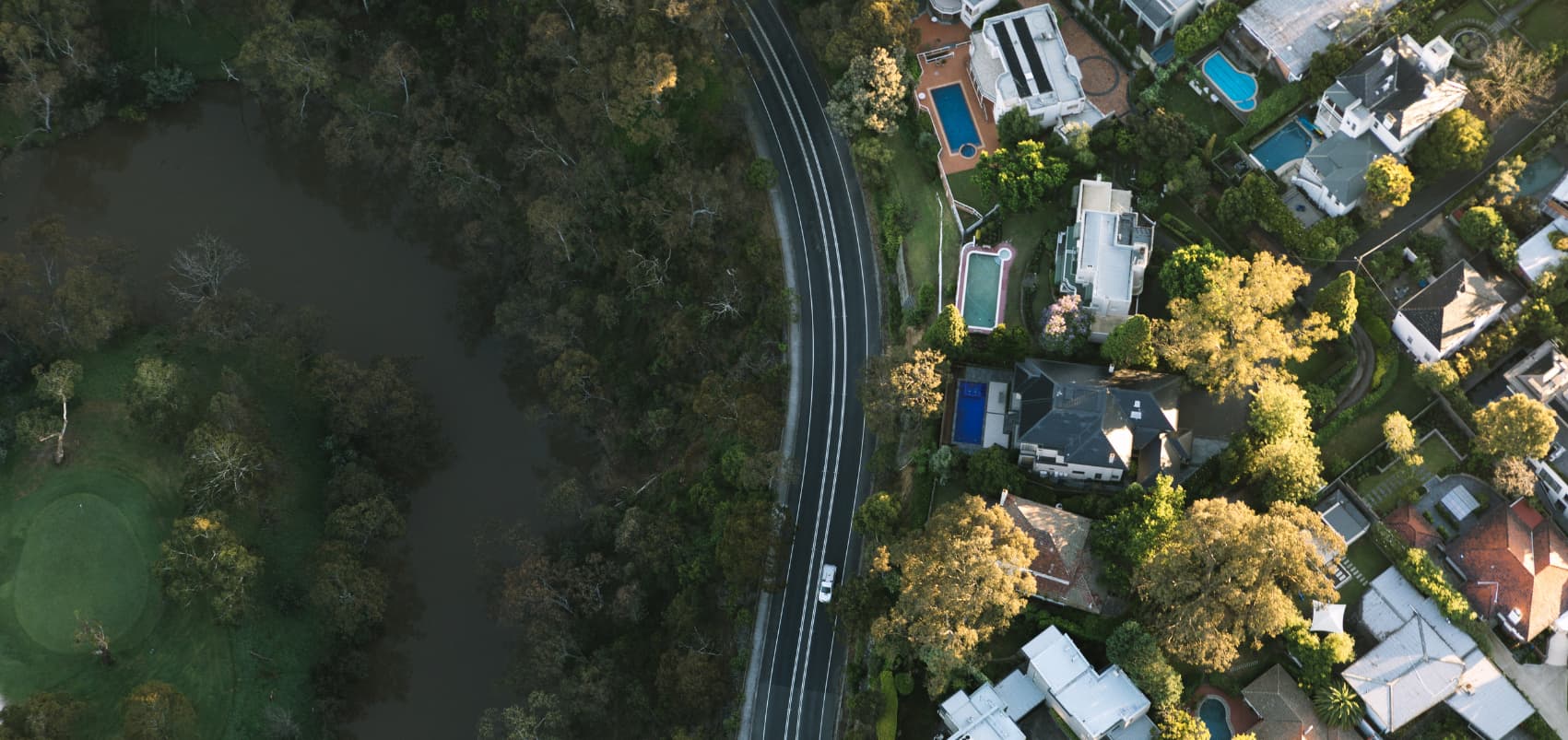Here at .id we’ve just finished our first population forecast for a remote area, the Shire of Roebourne, WA, and I was fortunate enough to be able to travel there recently to launch the forecast and run a training session. Here are my impressions of a remote, mining boom-town.
The Shire of Roebourne is based around the mining service town of Karratha, and the port of Dampier in the Pilbara region on the northwest coast of Western Australia. Roebourne is riding high on the mining boom and growing enormously. It is the headquarters for the North West Shelf natural gas project. It is also the main port for iron ore from the western Pilbara (Tom Price, Hammersley and Pannawonica), for which Rio Tinto recently announced a major expansion. Trains 3km in length, full of iron ore run from the mines to the port of Dampier 24 hours a day.
Having lived in Melbourne most of my life and visited many parts of Australia, but not this one, going there was quite an amazing experience. Apart from being incredibly hot and humid (they told me it was a cool day), it just feels so very remote from the rest of Australia. Flying in on the one direct flight a week from Melbourne, you cross over Ceduna and for the last 3 hours of the 5 hour flight there are no signs of civilization – no roads, railways, houses, farms, nothing but dunes and rock, and the occasional dry river bed. There are mines out there but the flight path must have missed them!
And yet despite this remoteness and having a total population of about 20,000 people (comparable to a moderate-sized country town in NSW or Victoria), Karratha airport handles over 70 domestic flights per week. It’s the second-busiest airport in WA, testament to the mining boom, which leads to some hundreds of workers flying in and out every week. Hundreds of short-term workers for the LNG projects are currently housed in temporary accommodation at Gap Ridge on the outskirts of town, which looks like hundreds of portable classrooms (but apparently is very modern inside, with air conditioning, foxtel, swimming pools etc) clustered around a parking lot full of buses to take workers to the mines.
There is enormous demand for housing in the area, and because wages are so high in mining and associated industries, housing commands a premium, with average rents over $1,000 per week, and virtually no vacancies. Large new housing developments are underway on the edges of town, with million dollar houses being built in the rocky scrubland on all sides of the town.
There are big plans for Karratha, with the WA state government looking to develop it as the “City of the North”. .id’s population forecasts reflect this, with a near doubling of population expected by 2031, to about 38,000 people.
The population forecasts show that Roebourne Shire has a young population – and one of the main challenges for the area is that it struggles to retain people over 65 because it is an employment destination. Older residents leave and retire to the cities, probably pocketing substantial cash when selling their homes. Another challenge is the disparity in income between those working in the mining industry and those in the local service industries. It is very hard to retain workers in some industries with less generous pay packets.
Overall, I found it a really interesting place to visit. Like most of northern Australia, I couldn’t live there, as my climatic tastes are more suited to Tasmania. But it’s a fascinating area and it impressed on me the power of this mining boom which we’re in the middle of, but which you just don’t see the effects of in the southern states. I look forward to visiting again.
If you enjoyed this article, sign up to get updates via email or twitter (above), and feel free to share it.









